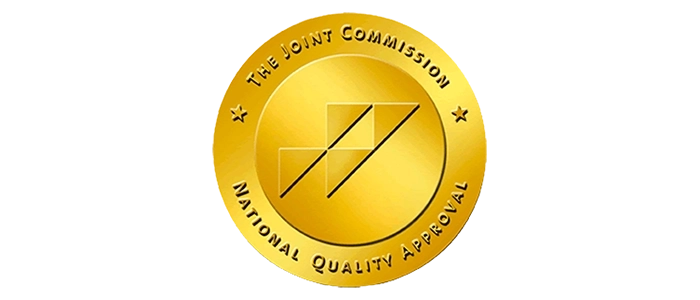At the end of my zoom lesson, I could clearly see that my student was shaking. Throughout the lesson her internet would periodically freeze making it difficult for her to follow along. Having other students in the class, I continued on with the lesson and asked her to stay “behind” after class and I would “catch her up”. She stopped talking to me, she started playing with her slime and breathing heavy. When I went to work with her at the end of the lesson her computer screen was frozen. As I was waiting for the internet to work, I called out her name twice. After a few minutes I saw tears building up in my students’ eyes, her face turning red. It was obvious that the internet was NOT frozen, she was.
Within minutes her mother called me angrily, questioning me as to why her daughter was so distraught and feeling humiliated. As I was trying to explain the series of events, it was clear that I just needed to listen. “My daughter is struggling to understand this level of math, she can’t do it by herself. She is telling me that you are mad at her for not understanding.” “She needs me to sit with her as she works on her math homework, at least 2 hours every day” she continued. Before breaking into tears, she said “I am so frustrated; I don’t know what to do.”
Nonverbal learning disorder is a misunderstood condition that impacts more people than you might imagine, causing significant difficulties throughout their day.
Nonverbal learning disorder (NVLD) is one of the most overlooked and under diagnosed learning disabilities. The name of the disorder is misleading, they are far from nonverbal. In reality, their strength is the spoken word, being very articulate and well spoken. What they struggle with is understanding nonverbal social cue like facial expression, body language, and tone of voice. Other symptoms may include struggling with math, reading comprehension, writing, and /or physical coordination.
NVLD and anxiety tend to go hand in hand. Symptoms of NVLD child may change and become more obvious as they reach the middle school years, creating more problems. Students understand that they perceive things differently, but they do not know what to do about it. Teenagers with this condition often develop extreme anxiety over the inability to connect with their peers; trouble organizing multiple classes and teachers; difficulty picking up on complex social cues. Many students begin avoiding social settings including school.
As a parent of NVLD students, it can become stressful to watch the frequent meltdowns, panic attacks, transition problems, difficulties with math or writing, continued social-emotional problems with peers. It is important to know that you are not alone. There are many therapies and educational strategies that can help your child manage their challenges and be part of your support system. Contact your students’ school to determine what services might be available. These may include:
- Social skills groups to teach students how to handle social situations.
- Parent Training, run by a psychologist, to help parents learn how to collaborate with teachers and support their child in social settings.
- Occupational Therapy to improve coordination and build fine motor skills.
- Cognitive Therapy to help deal with anxiety and other mental health issues.
At Cascade Academy we have created a safe and positive learning environment that respects the individual needs of each student. We teach students how to manage their academics by developing a Personalized Education Plan, holding weekly meetings to review their progress. Appropriate accommodations are implemented based on individual strengths and areas of concern. Social Skills are taught during our weekly experiential learning activities. Our students can do “hard things” as we continue to build new learning experiences that go beyond the walls of the classroom.




